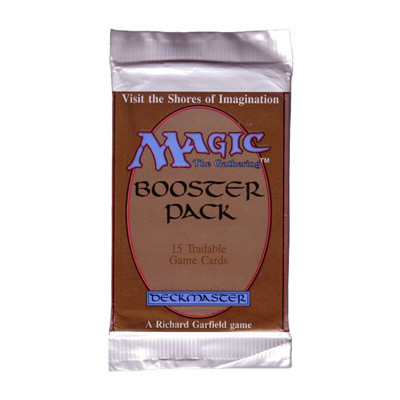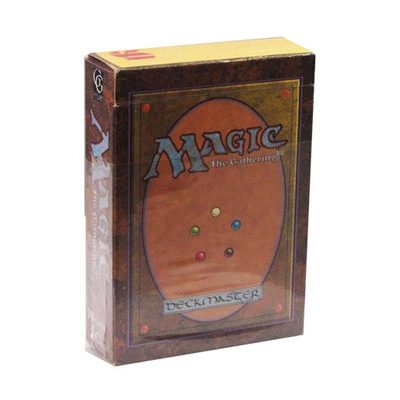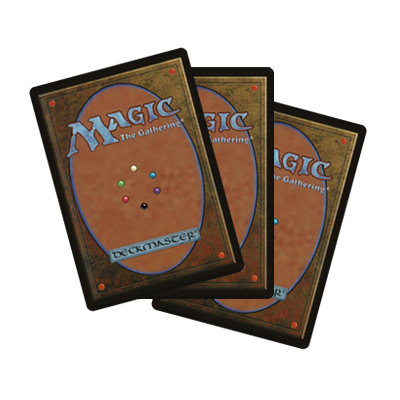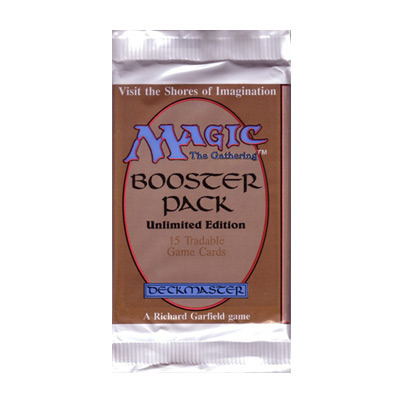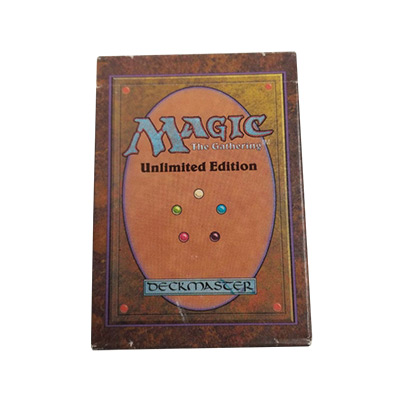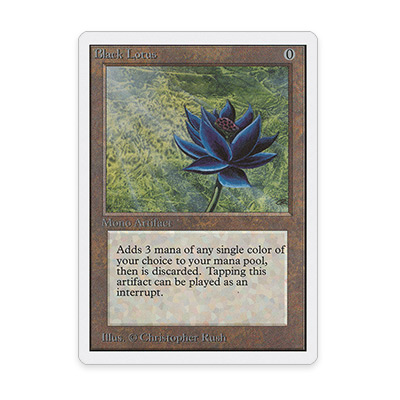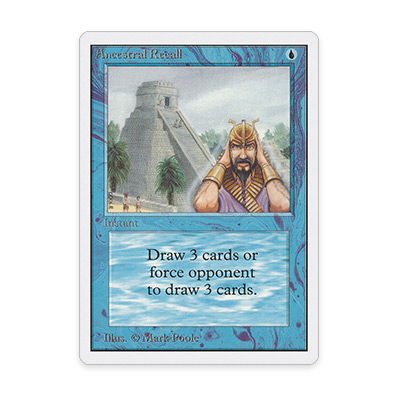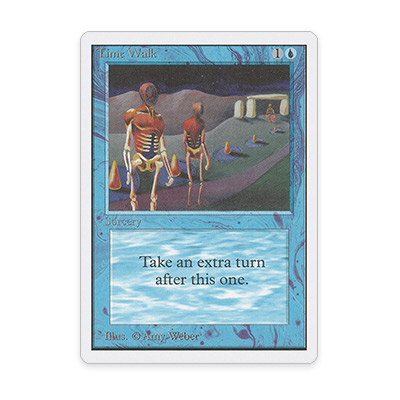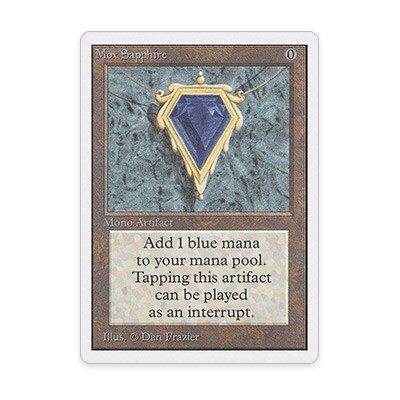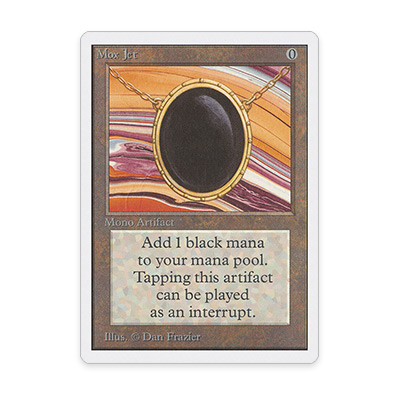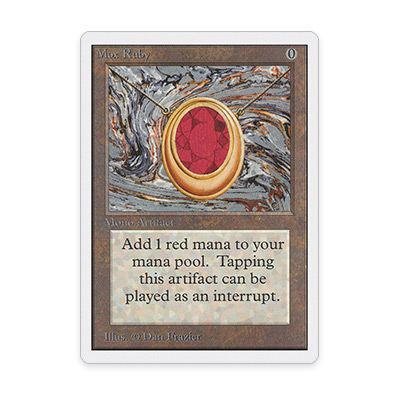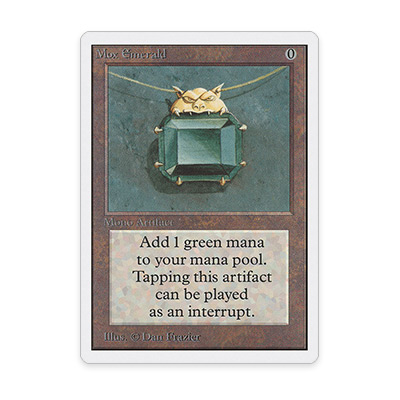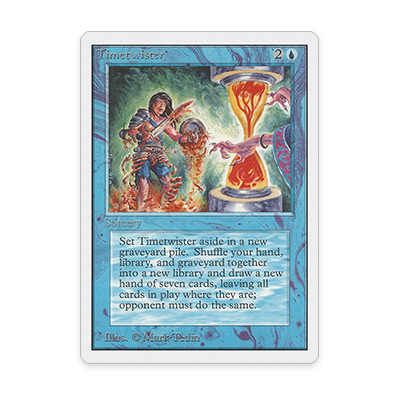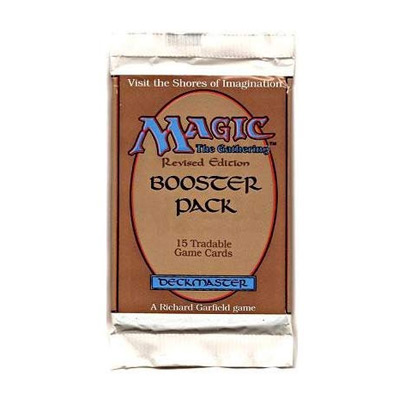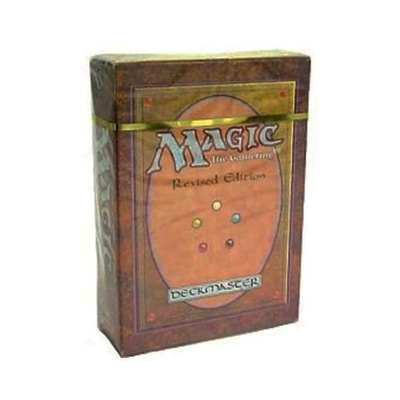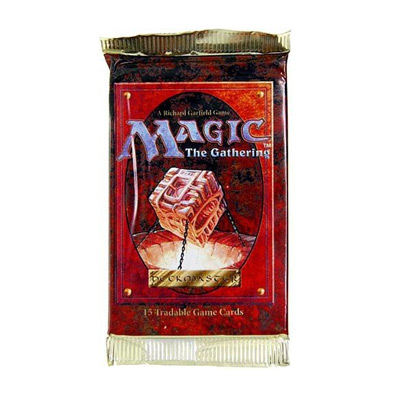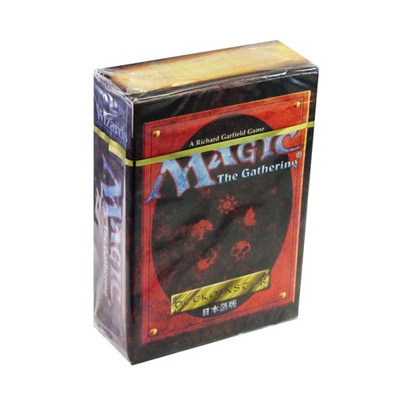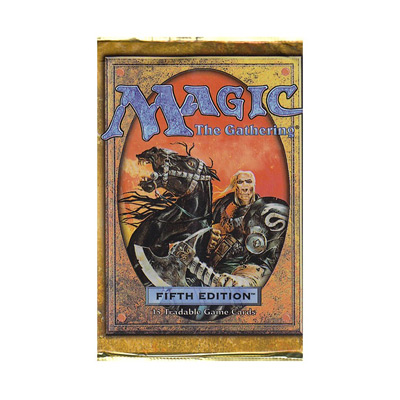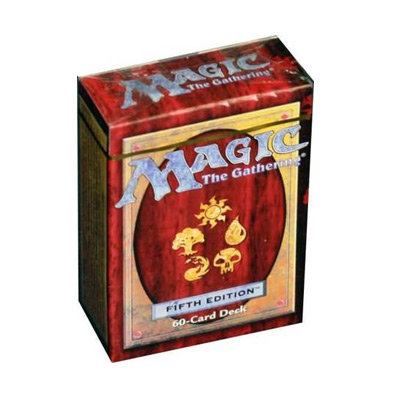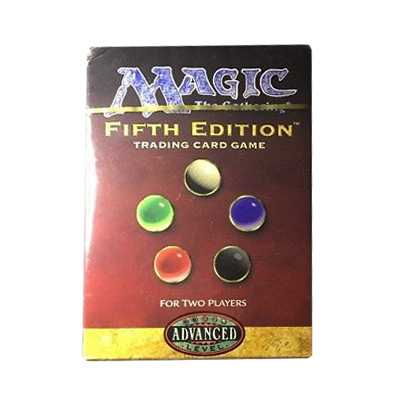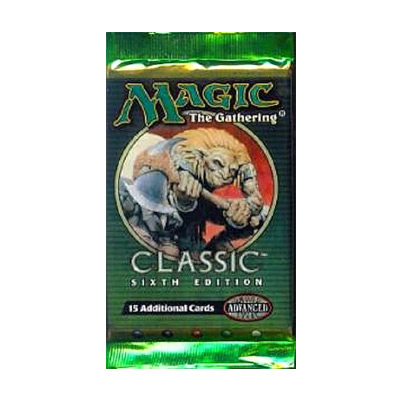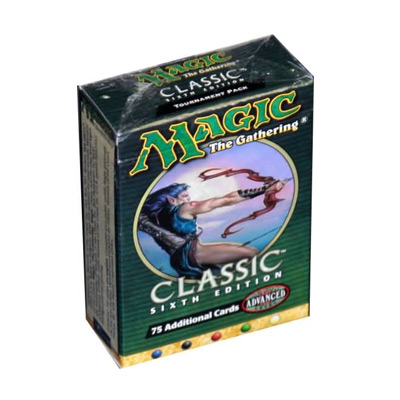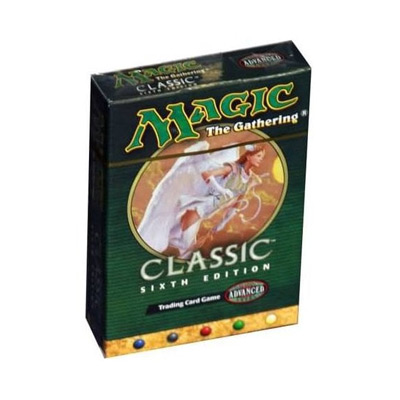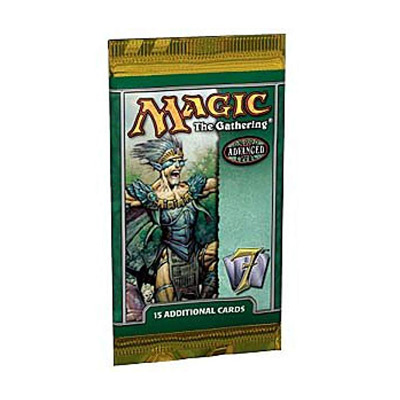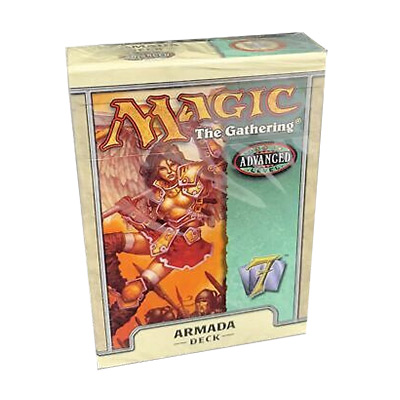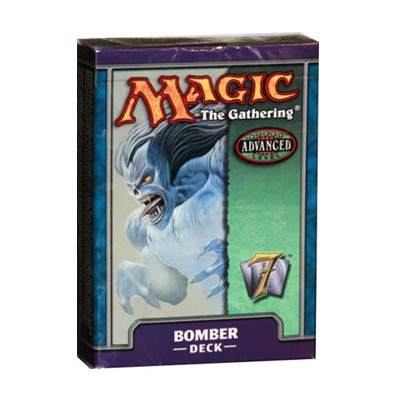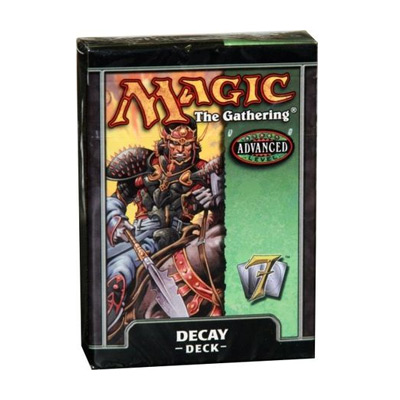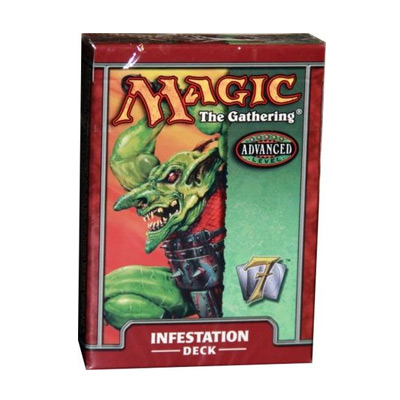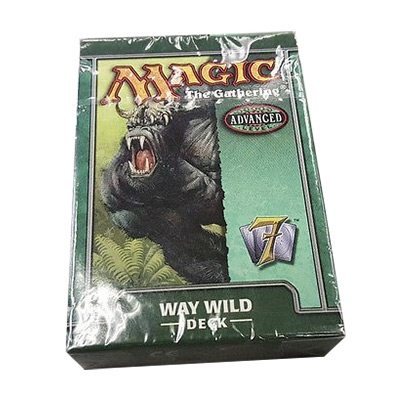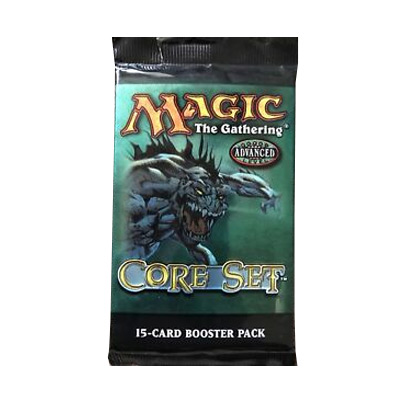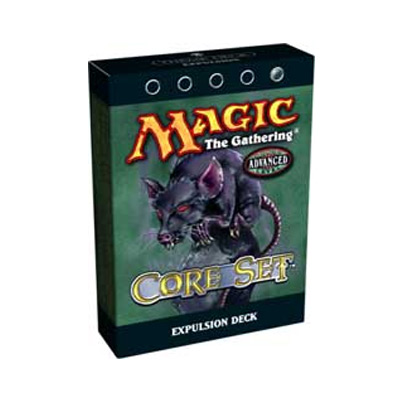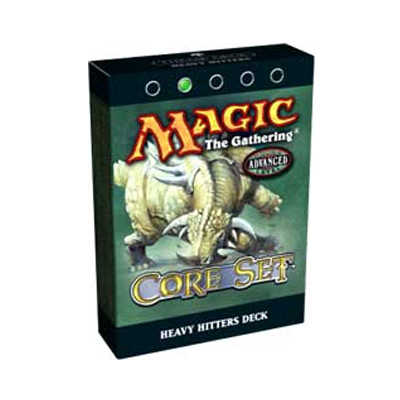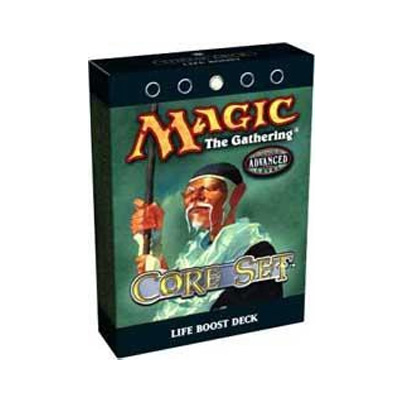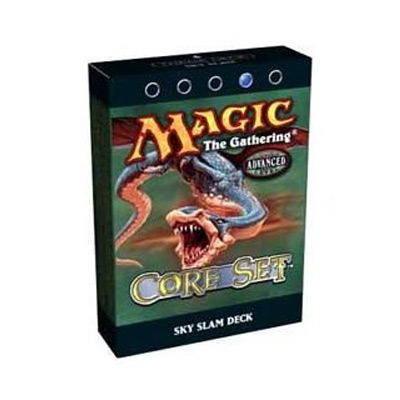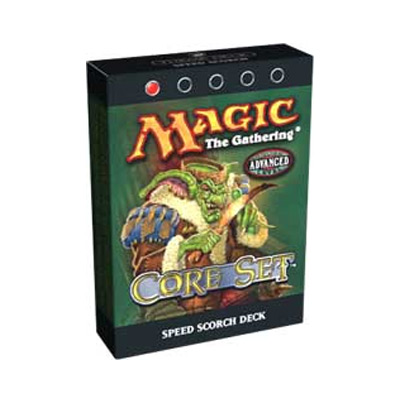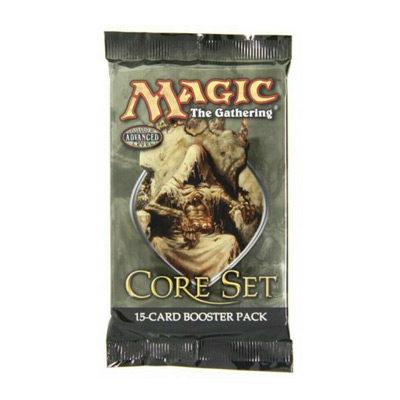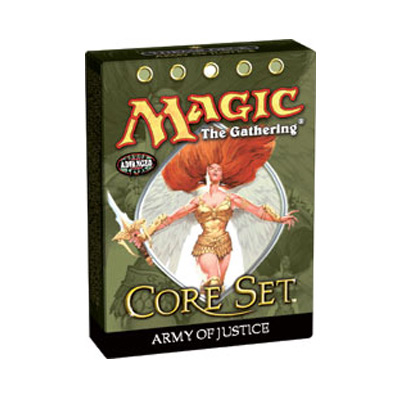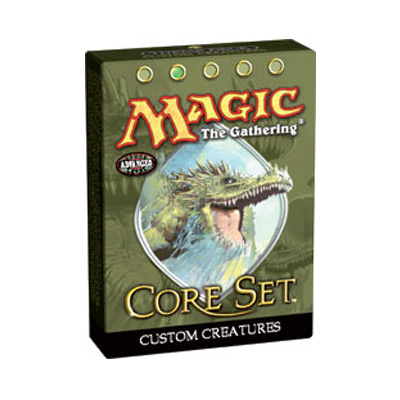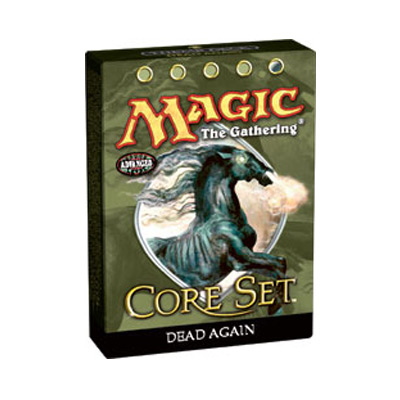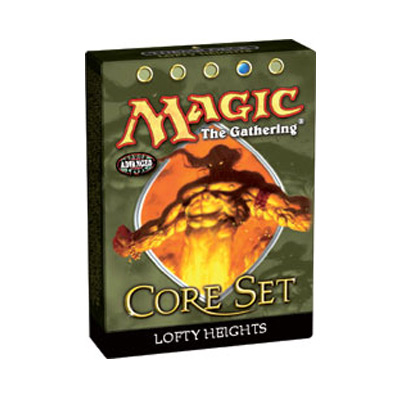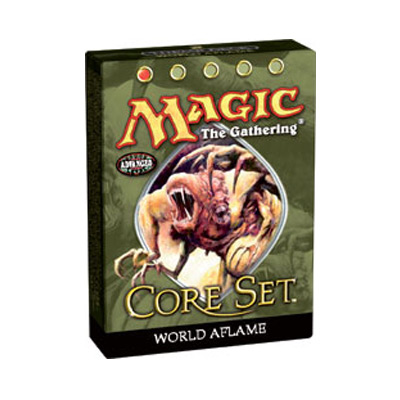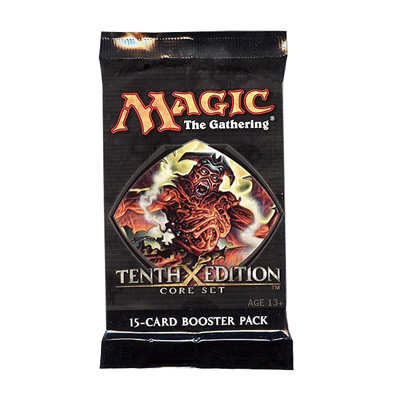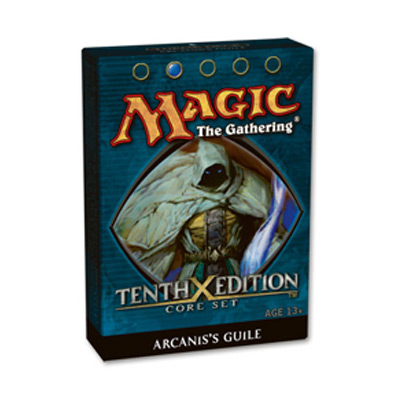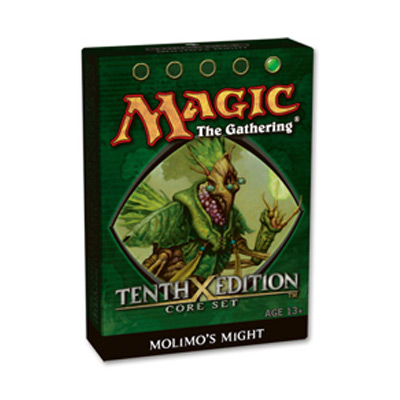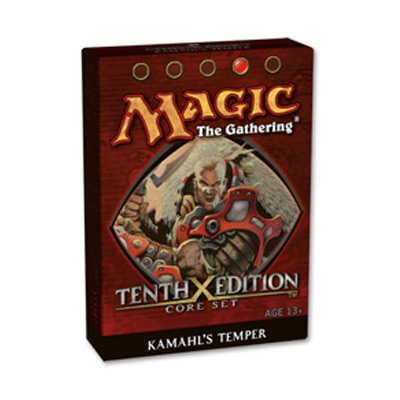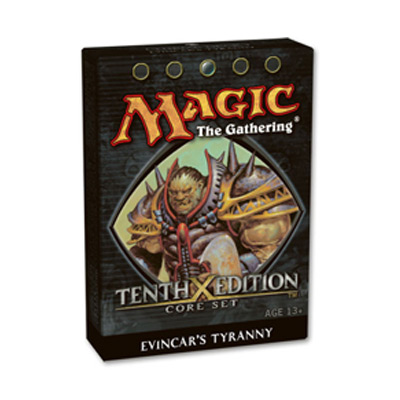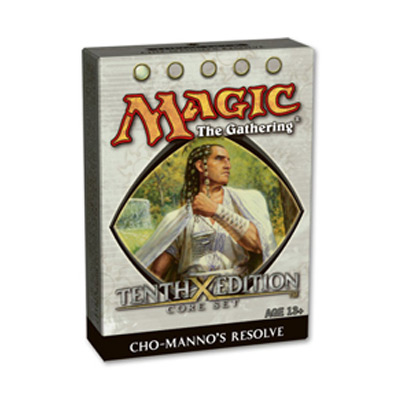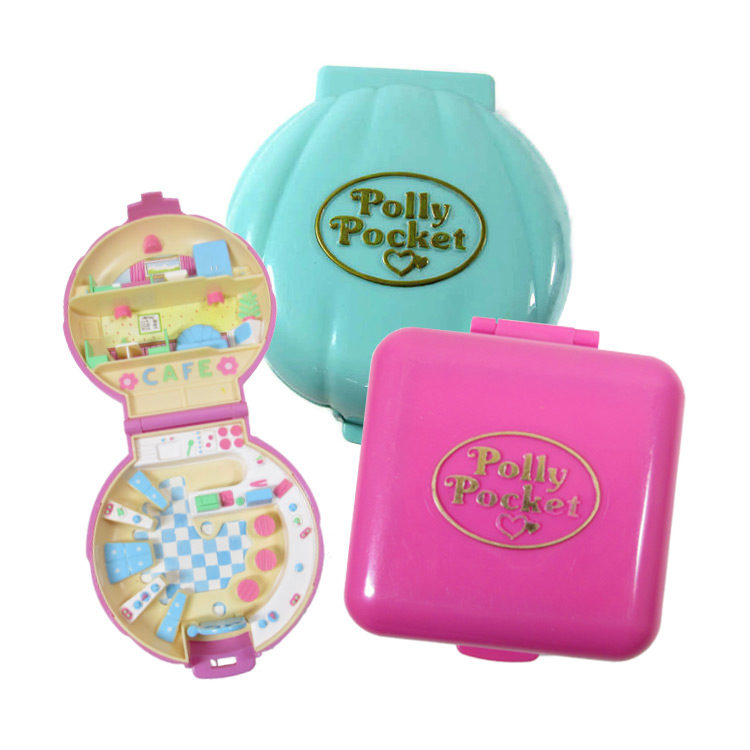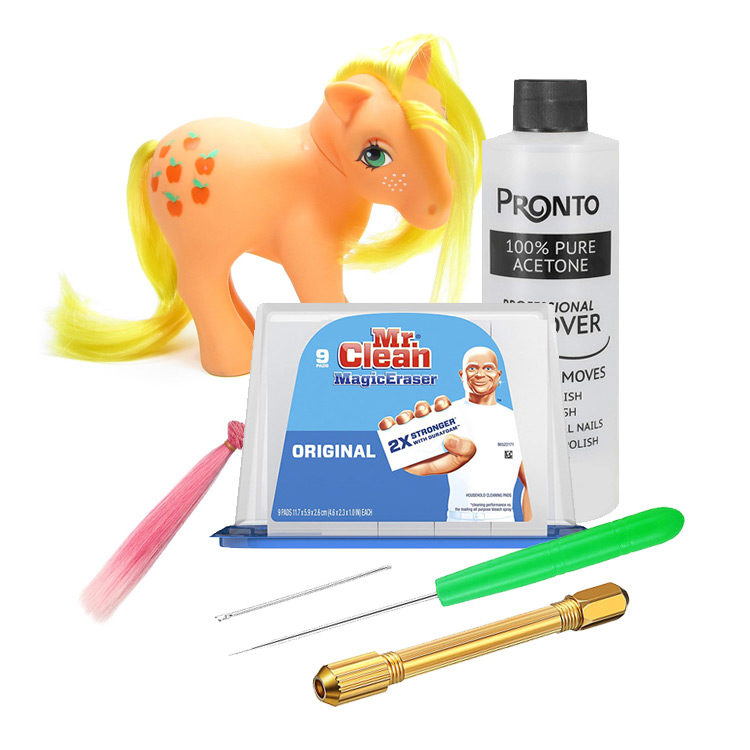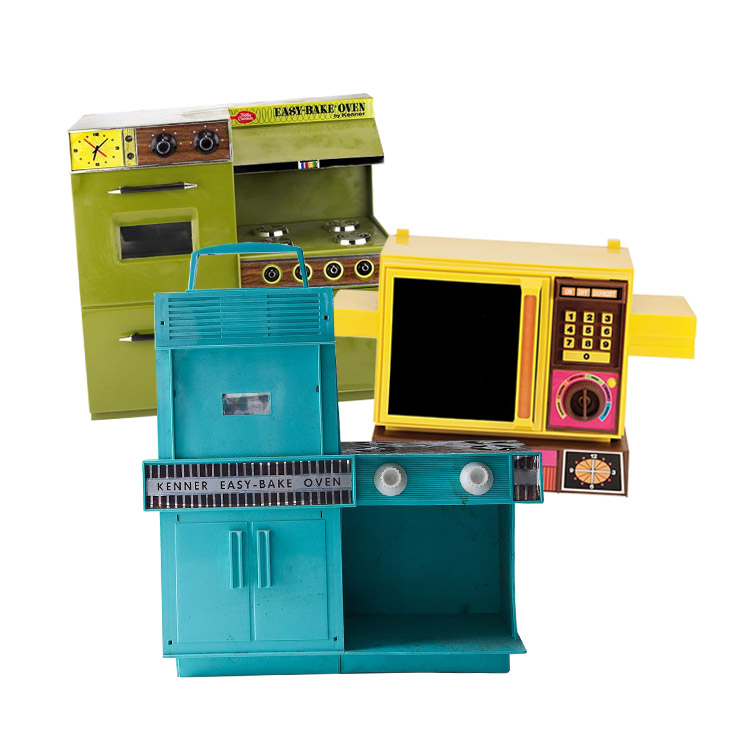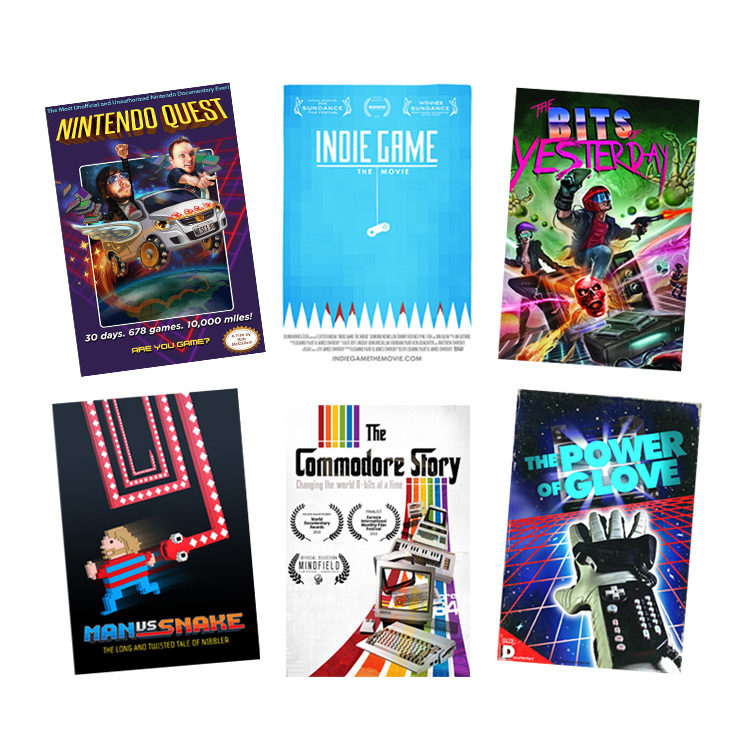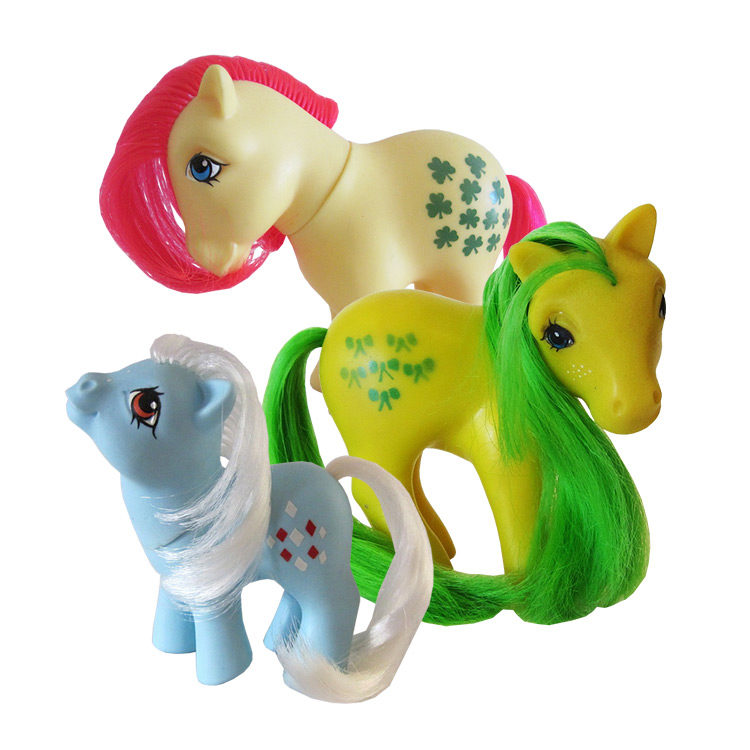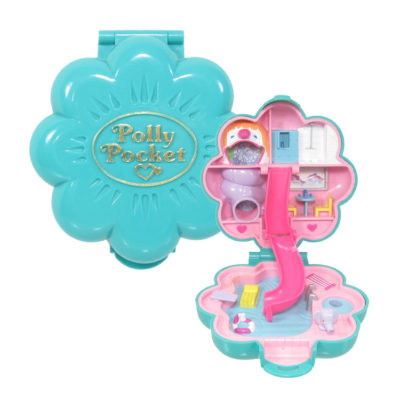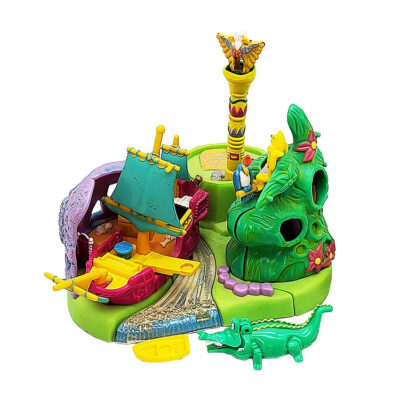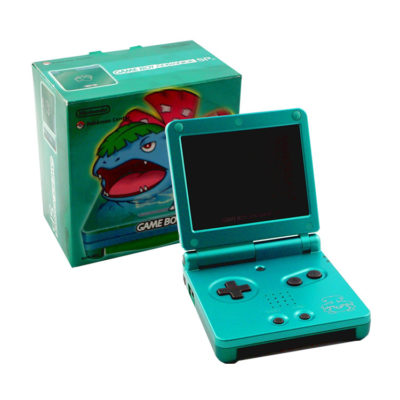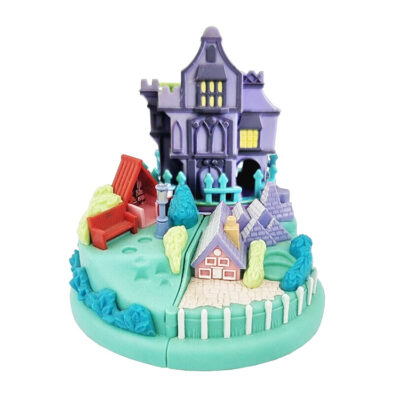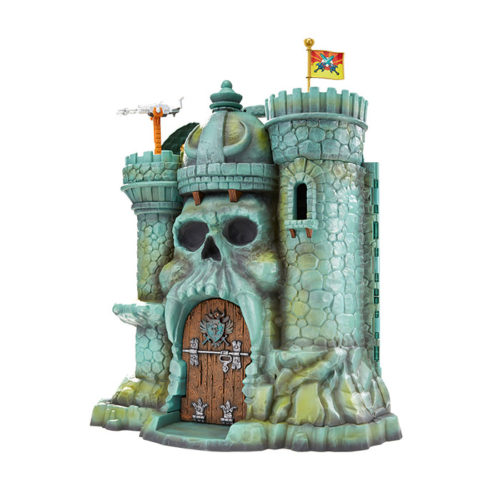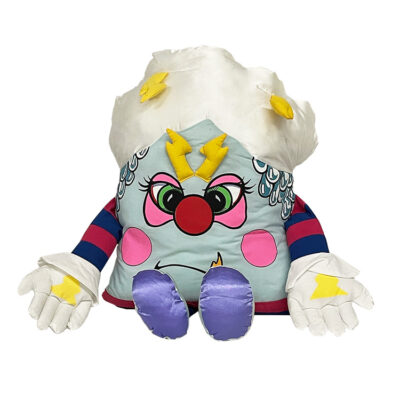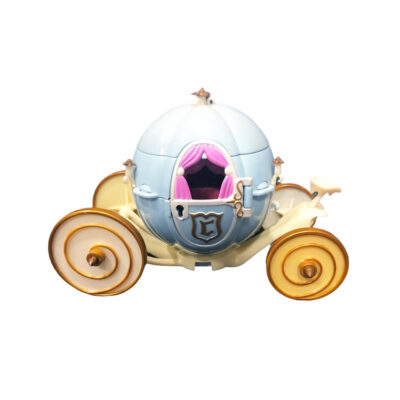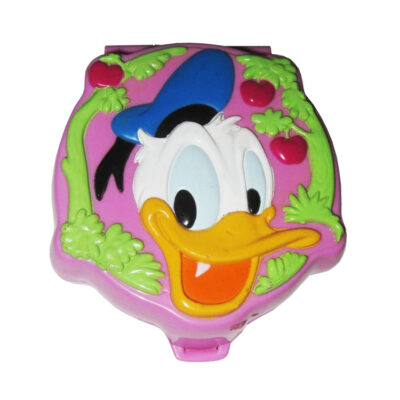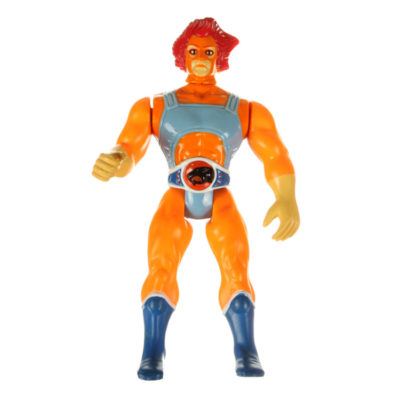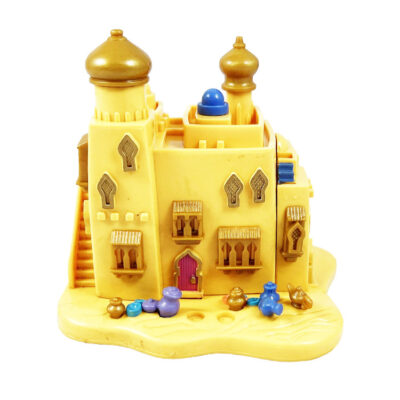Magic the Gathering cards are organized in sets. There are three types of sets since Alpha and Beta: Base/Core sets, Expansion Sets, and Compilation Sets. The cards are highly collectible, and luckily for us, they can still be tracked down on Amazon and eBay. Here’s a list of all early (1st to 10th) Magic the Gathering sets and where to get them.
Magic the Gathering First Limited Edition Alpha and Beta
The first five sets of Magic the Gathering cards have no identifiable symbols printed on the cards. The First Limited Edition is made of two sets: Alpha and Beta, which are basically the same except for two cards that were mistakenly excluded on Alpha. This brings the card count to 74/75 common, 95 uncommon and 116/117 rare Magic cards respectively, with Beta adding an extra 5 to the existing 10 basic Lands – a number that will be maintained in the following editions.
Magic the Gathering Unlimited (or Second) Edition
LEA and LEB were followed by the Unlimited Edition (also referred to as Second Edition). With a count of 302 cards, it was launched in December 2003 and had a run of 40 million cards. Unlimited Edition contains exactly the same cards as Limited Edition Beta, but they have white borders rather than black. This edition was sold in starter packs of 60 cards and booster packs of 15 cards.
Unlimited packs are a little more inexpensive than First Editions, but you’ll still need to unbag a considerable sum to get them. You can do so here:
The star cards of the first and second editions are the Power Nine, a set that was only printed early in the game’s history (1993 and 1994). These cards are considered to be among the most powerful ones in the game: Black Lotus, Ancestral Recall, Time Walk, Mox Pearl, Mox Sapphire, Mox Jet, Mox Ruby, Mox Emerald, and Timetwister. You can still find copies of them online, but you’ll need to be ready to make an investment the size of a premium car to get them all!
Unlimited packs are a little more inexpensive than First Editions, but you’ll still need to unbag a considerable sum to get them. You can do so here:
Lorem ipsum dolor sit amet, consectetur adipiscing elit. Ut elit tellus, luctus nec ullamcorper mattis, pulvinar dapibus leo.
Magic the Gathering Revised Edition
Revised Edition was the sixth set and third core set of the series, released in April 1994. The cards are white-bordered, have no symbols and are generally known for their washed-out look. It is estimated that about 500 million cards of the set were produced, making booster packs and starter sets for Revised easier and cheaper to get. You can do so here:
Unlimited packs are a little more inexpensive than First Editions, but you’ll still need to unbag a considerable sum to get them. You can do so here:
Magic the Gathering Fourth Edition
Fourth Edition, from April 1995, was the tenth set released for the game, and the fourth base set. The cards are also white-bordered and have no symbols. This was the first Magic set to be printed in Asian languages, and in English, French, German, Italian, Spanish and Portuguese. The colors of Fourth cards are much brighter and crisper than Revised’s ones. Booster packs in Fourth came with cropped card art on the packaging (showing the cards Brass Man, Hurloon Minotaur, Mana Vault, Mesa Pegasus, and Spirit Link). Starter decks in this set included an additional rare, bringing the total to three. You can get these for a fair price online:
Unlimited packs are a little more inexpensive than First Editions, but you’ll still need to unbag a considerable sum to get them. You can do so here:
Magic the Gathering Fifth Edition
Fifth Edition was released on March 1997 as the seventeenth set. The largest card set in the game’s history, it contained 449 cards, including multiple illustrations of the basic lands. Fifth Edition made numerous changes to the game’s rules and card mix, for example many overpowered cards were removed. The new set also set a precedent by changing the artwork on many cards (apparently so WotC wouldn’t have to pay for the continuous use of arts done for earlier sets). Fifth cards have a slightly expanded text box and bolder and more visible power/toughness numbers.
Magic the Gathering Sixth Edition
Sixth Edition is also known as Classic, and was released on April 27, 1999. The set contains 350 cards including reprints. Sixth was the first MTG base set to have its artist information centered on the card and collectors’ numbers. However, the biggest cosmetic change was the addition of the expansion symbol (a Roman numeral VI), used also to show the cards’ rarities. Sixth Edition also brought a new version of the rules, like replacing the batch system with the stack system for spells, removing the damage-prevention step and changing several rules for artifacts.
Magic the Gathering Seventh Edition
Seventh Edition was released on April 2, 2001 and contained 350 cards. This set introduced all-new art for every card and an expansion symbol that was a stylized number 7. Despite being an “Advanced” level set, Seventh had a separate basic subset for new players and pre-constructed theme decks that didn’t appear in booster packs. This was the last base set printed in the ‘old’ frame, and the first to have foil cards with black borders.
Magic the Gathering Eighth Edition
Eighth Edition was released on July 28, 2003 (coinciding with the 10th Anniversary of the original release of Magic) and its expansion symbol is the number 8 with 3 cards behind it. This set features many cards from older base sets and expansions, but with colored frames and redesigned and narrowed edges. The card names were printed in a new font and artifacts switched from a brown background to a silvery-white one. Just like Seventh, Eighth edition came in booster packs and five decks, one for each color:
Magic the Gathering Ninth Edition
Ninth Edition was released on July 29, 2005 as a “core set”. It contained 350 cards available in booster packs, which were all reprints from earlier sets. It also contained 9 numbered “starter cards” for new players. Ninth is the first set to be printed using the new template for enchantments ( “Enchant [entity]” was changed to “Enchantment – Aura” and the targeting restriction moved to the text box). With Ninth Edition came a redesign of Fat Packs, two boxes wrapped around by a card box wrapper featuring new art.
Magic the Gathering Tenth Edition
Tenth Edition was released on July 13, 2007 and replaced Ninth as the core set of cards for standard tournament play. This was the first core set since Beta to be printed with black-bordered cards and the first core set to include legendary creatures such as Squee, Goblin Nabob, and Kamahl, Pit Fighter. Fans were able to participate by selecting certain cards for inclusion in the set.
Magic 2010 and On
Since 2009, several core sets have been released. These are numbered with the following year and about half of the cards in each set are entirely new. After Magic Origins, Wizards of the Coast stopped production of core sets, opting for a new model where two blocks with two sets each are made each year. We’ll go through this in the next article, so keep an eye on our Magic the Gathering section.

